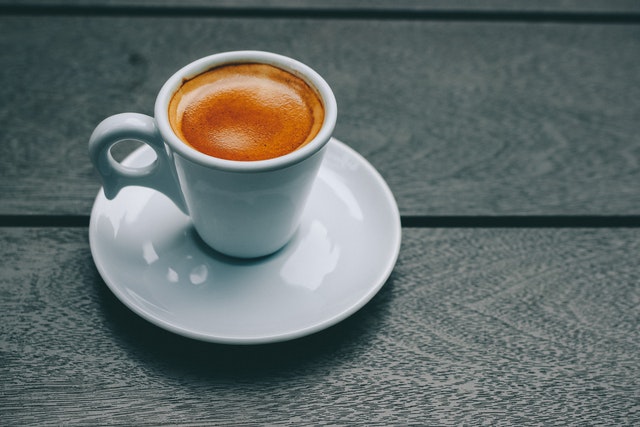
If you’re new to the world of coffee, the chances are that you know little about what you’re getting yourself into. There are so many different types of coffee out there in the world, all with their unique characteristics and effects. One of them is the trendy espresso.
Espressos, also known as delicious shots of energy, are often drunk instead of normal coffee by people who are looking to lead a healthier lifestyle. But does espresso provide you with higher energy levels than coffee, or is it just not worth the switch? Let’s find out what makes espresso special and how different it is from normal coffee in terms of strength.
The Spark in Espresso
If you want to make an informed decision about whether or not you should switch to espresso, you need to consider all your facts first. That means getting to know all about the type of coffee you’re planning to switch to. Here are some delicious traits of espressos:
Acidity:
Acidity is what makes the flavors dance the tango on your tongue. Espressos can contain fruity elements like citrus (lemons, limes, grapefruits, oranges), berries (blueberries, blackberries, strawberries, raspberries), stone fruits (peaches, apricots, cherries, plums), or even apples or melons.
Sweetness:
Sweetness can take various forms in espresso too. Think about agave, butterscotch, caramel, honey, malt, molasses, brown sugar, or white sugar. The sweetness in espresso can come across in any of those ways.
Bitterness:
A little bit of bitterness completes an espresso shot. Too much bitterness can be a bad thing; no one likes a mouthful of ash. But when it strikes a balance with the acidity and the sweetness, it makes for a delicious shot of espresso.
These three traits do not have to be equal in amount. One may be stronger than the others; for example, the taste may begin with a deep cherry acidity upfront, supported by a rich, dark chocolate base and completed by a caramel finish. Or, in a different coffee, you may experience a finger-licking good, butterscotch sweetness complemented by the sweet and sour of apricot jam, and after you swallow, a lingering hint of toasted nuts.
The point is that each trait plays a role in a harmonious relationship with the others. There is no power struggle. Rather, they play off each other’s strengths and work together to deliver the best taste.
If all these mouth-watering descriptions made you crave an espresso, then we believe our job is done. Check out Coffee Lover’s Cup for deciding on the best Breville machine to satisfy all your caffeine cravings!
The dividing factor
A single shot of espresso is made with seven to eight grams of grind, producing between one to one and a half ounces of coffee. This ratio shows that there is a high concentration of as it contains more caffeine per volume and is said to be more intense than drip-brewed coffee.
Caffeine affects us all in similar ways. For example, if you’re in a good mood beforehand, caffeine enhances it, making you feel energetic and upbeat. However, if you’re feeling edgy, caffeine intake usually causes more anxiety.
Espresso might have less caffeine, but what matters is the speed with which you take an espresso shot. As compared to drinking a big, steaming mug of brewed coffee, you drink espresso much faster. Caffeine can be rapidly absorbed when taken in concentrated amounts. It affects your nervous system differently than if you slowly sip on a drip cup for over an hour. The effects include:
Anxiety
Caffeine works by blocking the effects of adenosine, a chemical produced by the brain that makes you feel drowsy. Side by side, it also triggers the release of adrenaline, the
Hey welcome to my blog . I am a modern women who love to share any tips on lifestyle, health, travel. Hope you join me in this journey!

Speak Your Mind